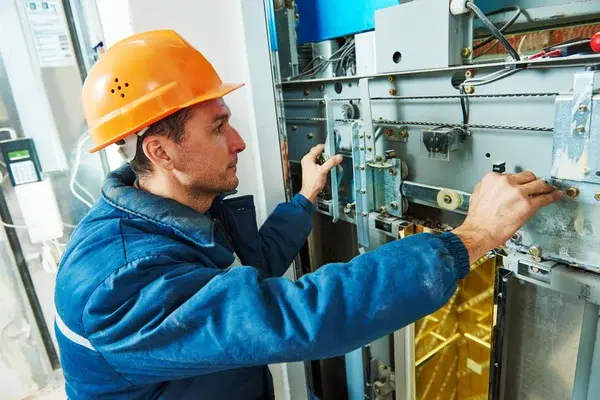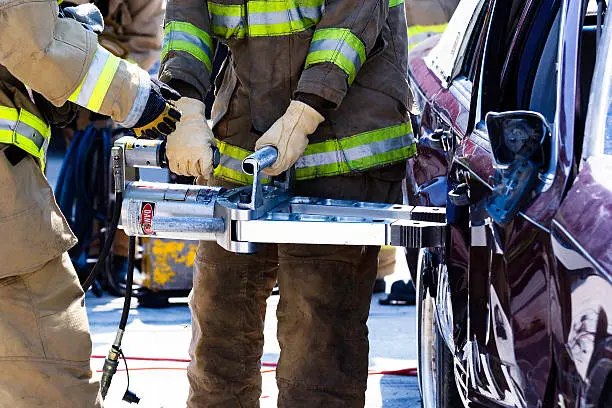When an elevator starts malfunctioning regularly, it can become more than just an inconvenience — it’s a liability. Whether you’re a property manager, building owner, or maintenance professional, repeated breakdowns raise safety concerns, impact building operations, and frustrate tenants or customers. Understanding the root causes behind these frequent failures is the first step to keeping your elevator running smoothly and reliably.
Let’s explore the most common elevator components that tend to fail over time, how to recognize early warning signs, and what you can do to prevent costly downtime.
The Importance of Knowing What Goes Wrong
Before diving into specific lift components, it’s important to recognize that elevators are complex systems. They rely on a coordinated set of mechanical, electrical, and digital parts working in harmony. When one element weakens or fails, the entire system can suffer — leading to jerky rides, delayed responses, or complete shutdowns.
The good news? Most elevator issues trace back to a handful of key parts. Understanding them helps you pinpoint problems faster and respond proactively.
1. Door Mechanisms — The Most Frequent Troublemakers
What Can Go Wrong:
Elevator doors are among the most active parts of the system. Constant opening and closing, especially in high-traffic buildings, leads to wear on door operators, rollers, and sensors.
Warning Signs:
- Doors reopen just before closing
- Jerky or slow movements
- Intermittent failures to fully close or open
Actionable Tip:
Schedule regular cleaning and alignment of door tracks and sensors. Minor obstructions like dust or debris can trigger unnecessary service calls.
2. Control System Failures — The ‘Brain’ of the Elevator
What Can Go Wrong:
The control system governs how the elevator responds to user inputs and internal signals. Power surges, outdated software, or worn-out circuit boards can cause erratic behavior.
Warning Signs:
- Delays in responding to floor selections
- Lights or indicators not working properly
- Sudden stops between floors
Actionable Tip:
If your elevator is over 15 years old, consider upgrading the controller. Modern systems are more reliable, energy-efficient, and easier to diagnose when issues arise.
3. Worn Brake Components — A Hidden Safety Risk
What Can Go Wrong:
Brakes are crucial for stopping the elevator safely. Over time, brake pads and linings degrade, especially in high-usage lifts, leading to ineffective braking or even slippage.
Warning Signs:
- Elevator overshoots floor level
- Unusual grinding or squeaking sounds
- Increased stopping distance
Actionable Tip:
Have a licensed technician inspect brake assemblies during every major service interval. These components can wear quietly until they pose a major risk.
4. Motor and Traction Machine Wear
What Can Go Wrong:
The motor powers the elevator’s movement, while the traction machine handles lifting via ropes or belts. Overheating, worn bearings, or lubricant issues can all lead to inconsistent performance.
Warning Signs:
- Loud humming or knocking sounds from the motor room
- Irregular or rough starts and stops
- Slow travel between floors
Actionable Tip:
Establish a lubrication schedule for motor bearings and rope sheaves. Preventive maintenance here can extend the lifespan of these expensive lift parts significantly.
5. Hydraulic System Leaks (for Hydraulic Elevators)
What Can Go Wrong:
In hydraulic elevators, fluid pressure lifts and lowers the cab. Seal failures or reservoir leaks reduce pressure and can even result in elevator drift when idle.
Warning Signs:
- Oil pooling in or around the elevator pit
- Elevator descends slightly after stopping
- Noisy pump operation
Actionable Tip:
Monitor oil levels monthly. A sudden drop is a strong indicator of a hidden leak and should be addressed immediately to prevent mechanical damage.
6. Sensors and Safety Devices
What Can Go Wrong:
Safety gears, overspeed governors, and limit switches are critical to user protection. If these sensors malfunction, the system may default to shutdown for safety reasons — often mistaken as a mechanical fault.
Warning Signs:
- Elevator won’t leave a floor despite doors closing
- False fault codes on the control panel
- Inconsistent behavior after power outages
Actionable Tip:
Have safety circuits tested annually by a certified elevator technician. These parts are less likely to fail if calibrated correctly and kept free of dust or moisture.
Regular Maintenance: The Most Cost-Effective Strategy
The vast majority of elevator breakdowns are preventable. Maintenance teams that inspect, clean, and test vital lift parts regularly tend to experience far fewer disruptions. Establishing a predictive maintenance plan — instead of a reactive one — can save thousands in emergency repair costs and protect the reputation of your facility.
Even something as simple as replacing door rollers or cleaning the guide rails can go a long way in improving ride quality and extending component lifespan. Don’t wait until users start filing complaints or breakdowns escalate. Consistency is key.
Final Thoughts
Frequent elevator failures don’t just happen — they’re the result of worn or neglected parts that could have been addressed early on. By understanding which components fail most often and how to spot trouble before it escalates, you can keep your lift system safe, reliable, and efficient.
Stay proactive, work with qualified professionals, and treat your elevator like the vital infrastructure it is. After all, smooth rides start with smart maintenance.
Also Read-Maximize Your Utility: The Best Ute Storage Boxes for Efficient Tool Management




